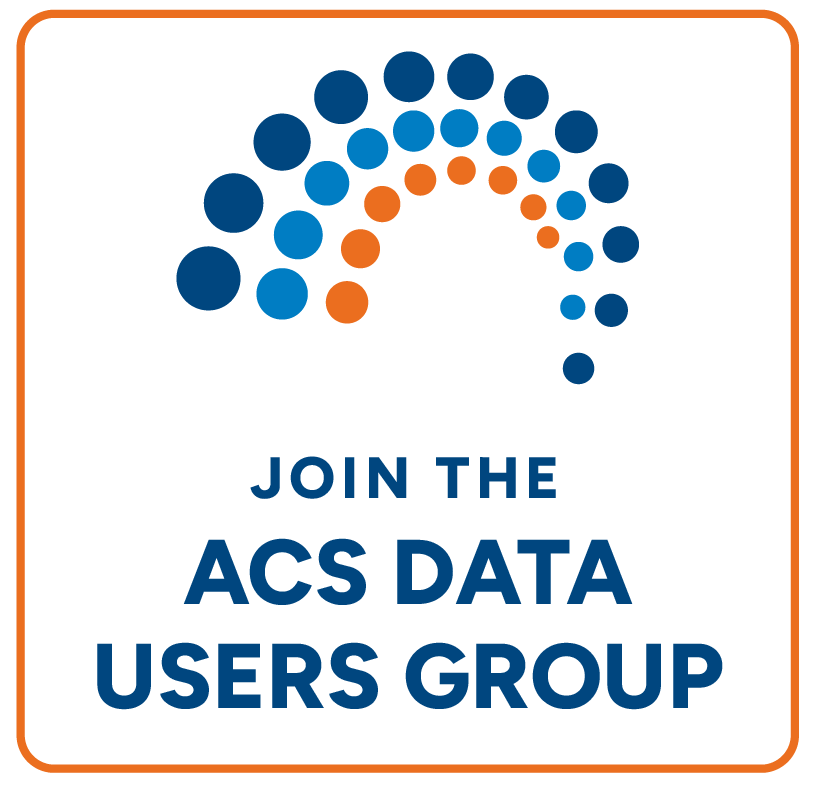Provide Assistance to Older Americans
We ask about age to help local officials provide programs and services for adults aged 60 and older to:
- Remain living safely in their homes and communities (Older Americans Act).
- Receive services and assistance, such as financial assistance with utilities (Low Income Home Energy Assistance Program).
Provide Assistance to Children and Families
We ask about the number and age of children in families, health insurance status, and income to help communities enroll eligible families in programs designed to assist them such as:
- Medicaid
- Children's Health Insurance Program (CHIP)
Educate Children and Adults
School districts make long-term building, staffing, and funding decisions based on how many children and adults depend on their services. We ask about age, disability status, language spoken at home, and income to assist schools in understanding the needs of their students and qualify them for grants that help fund student programs (Elementary and Secondary Education Act of 1965).
Ensure Equal Opportunity
We ask about age, housing, employment, and education to help government and communities enforce laws, regulations, and policies against discrimination based on age. For example, age information is used to analyze the employment status of workers by age (Age Discrimination in Employment Act).
The Population 65 Years and Older: 2023
Click the image to view the interactive data visualization.

[Source: U.S. Census Bureau, 2023 American Community Survey, 1-Year Estimates, Table: S0101]








